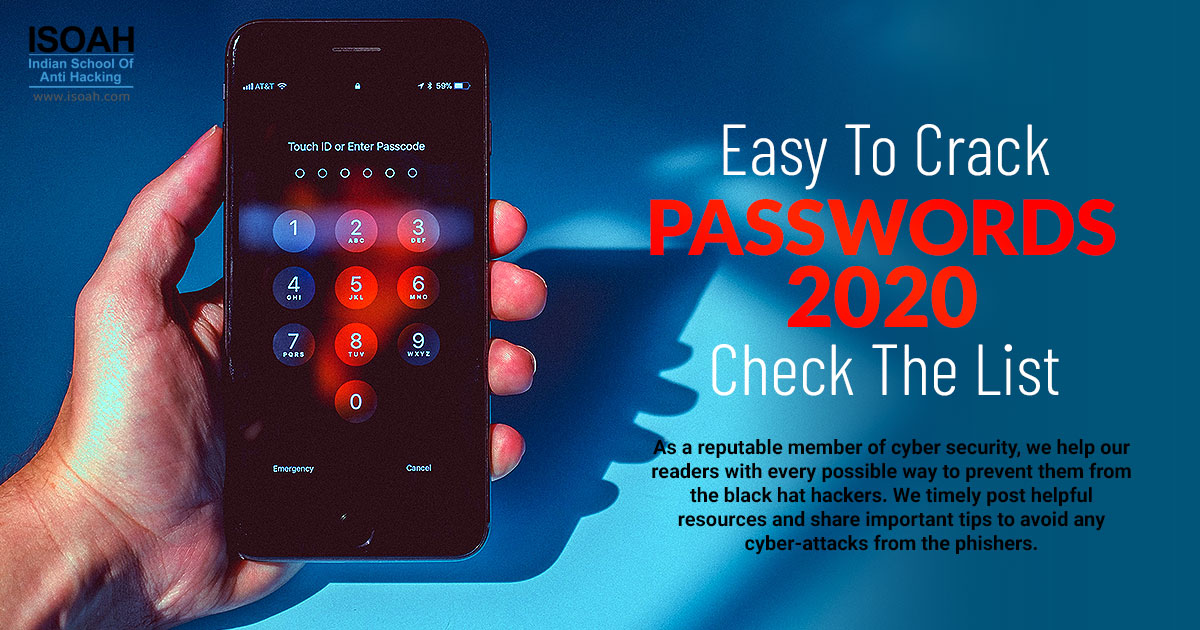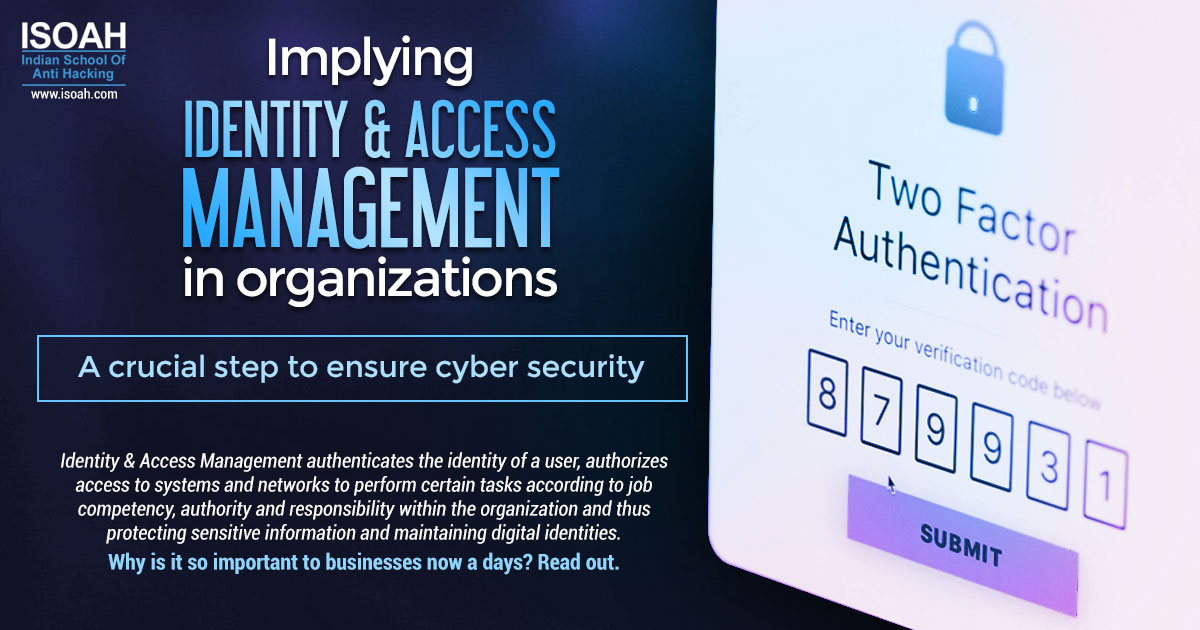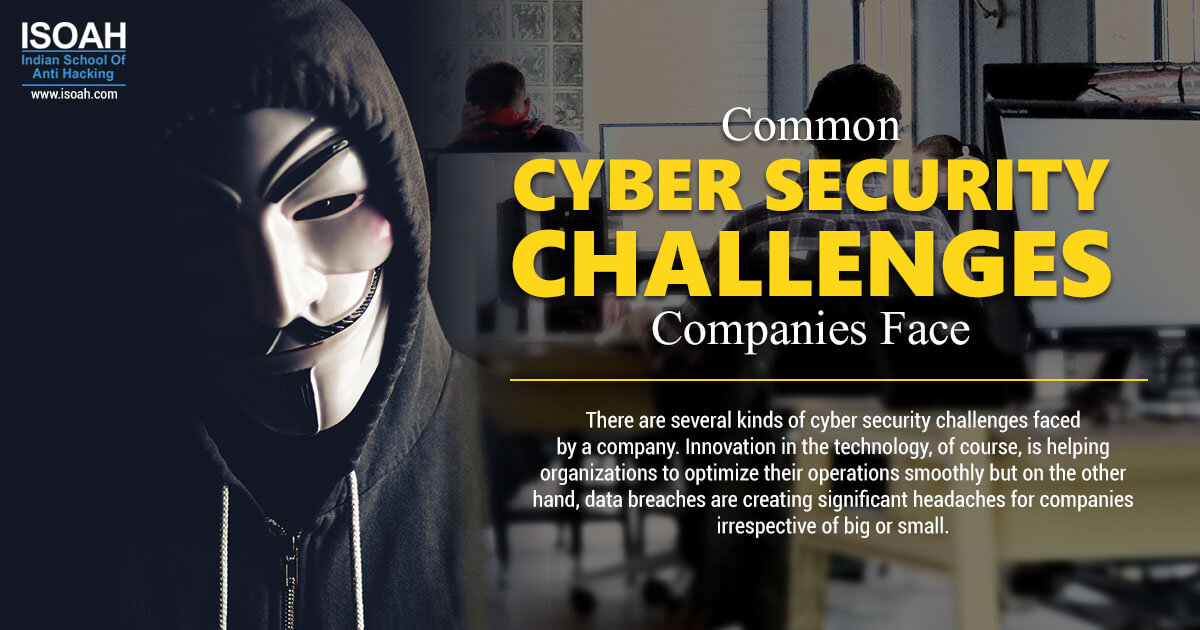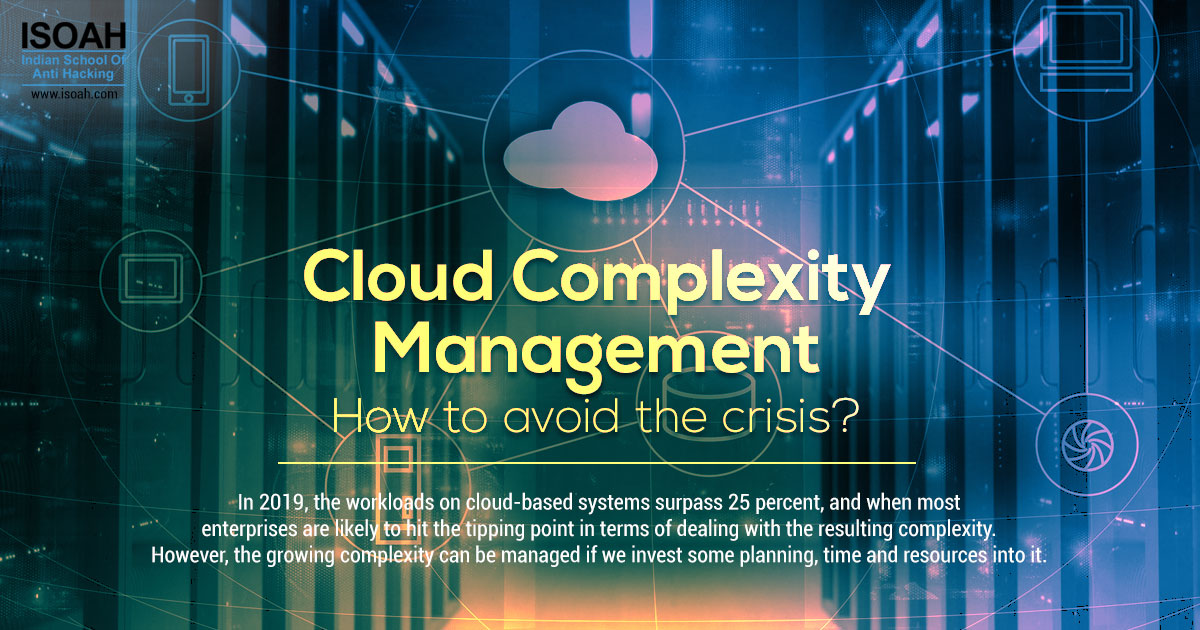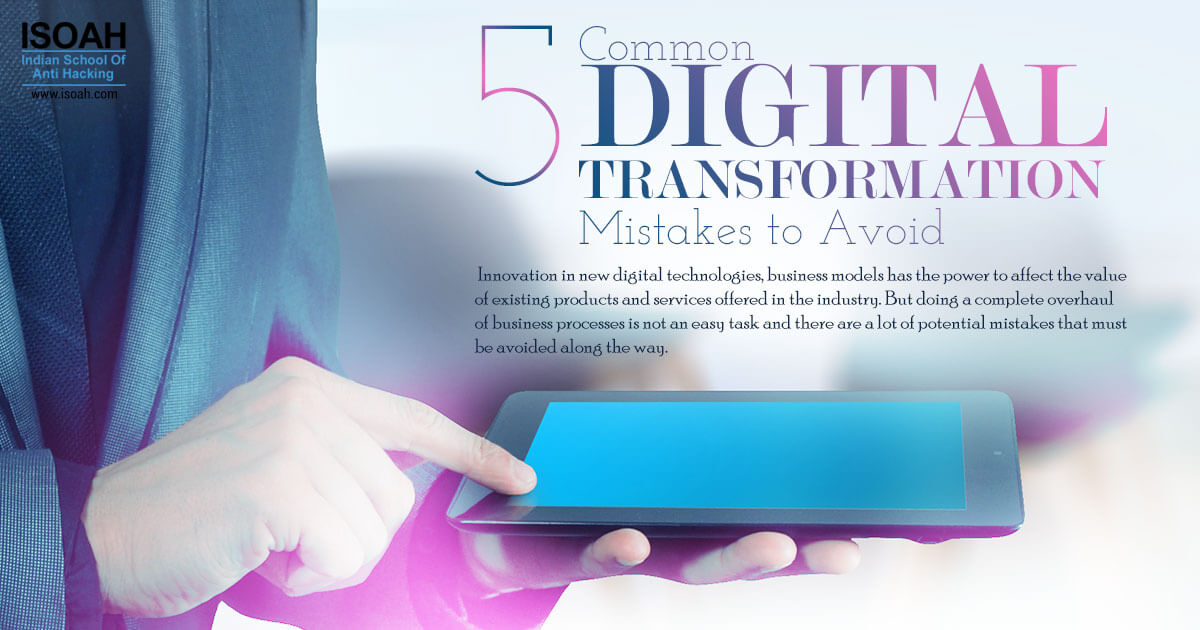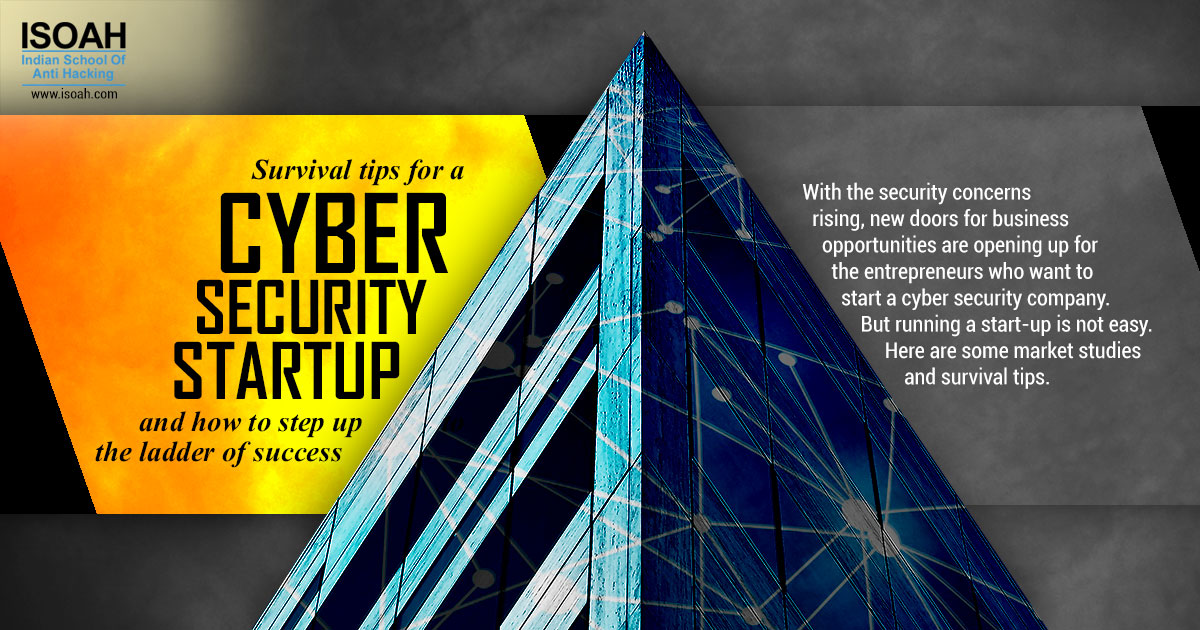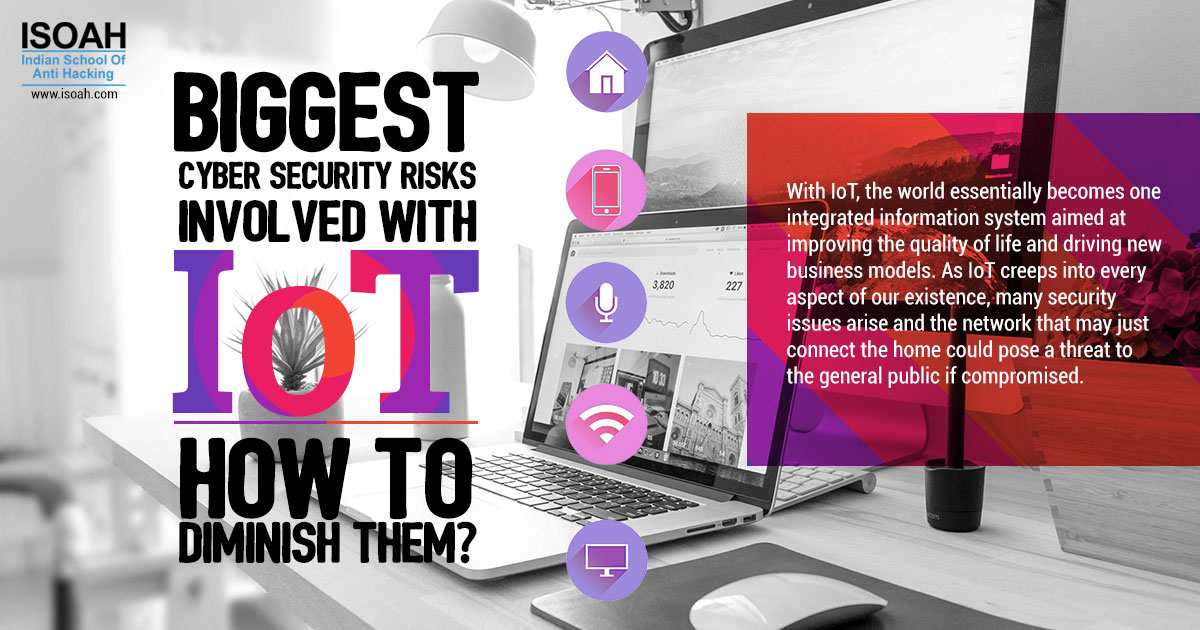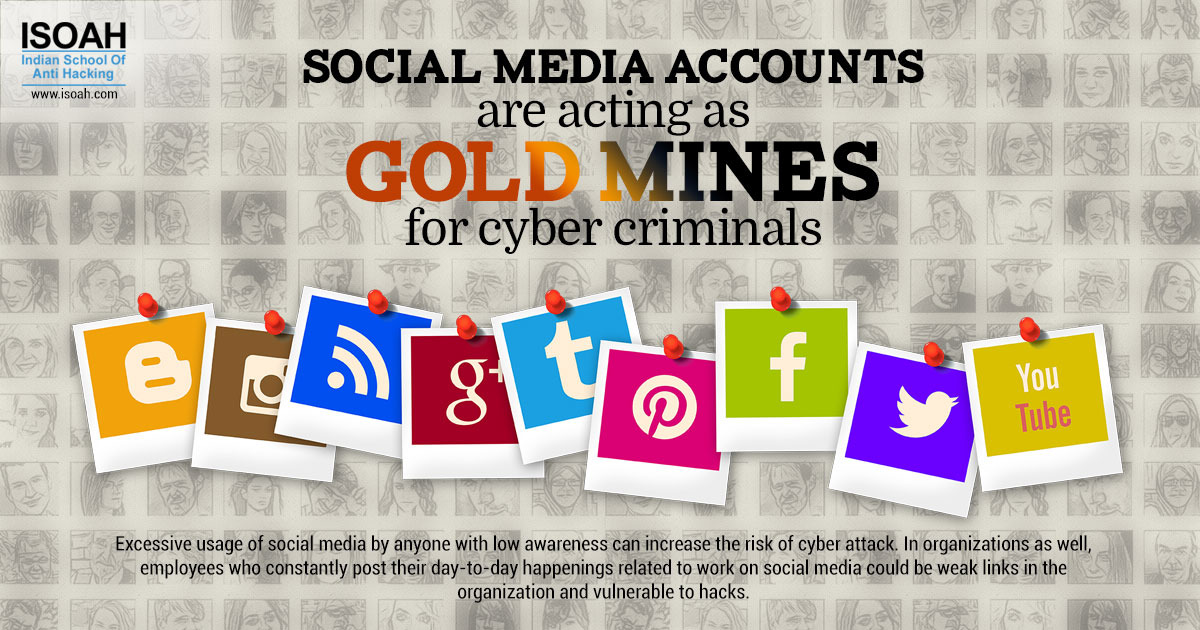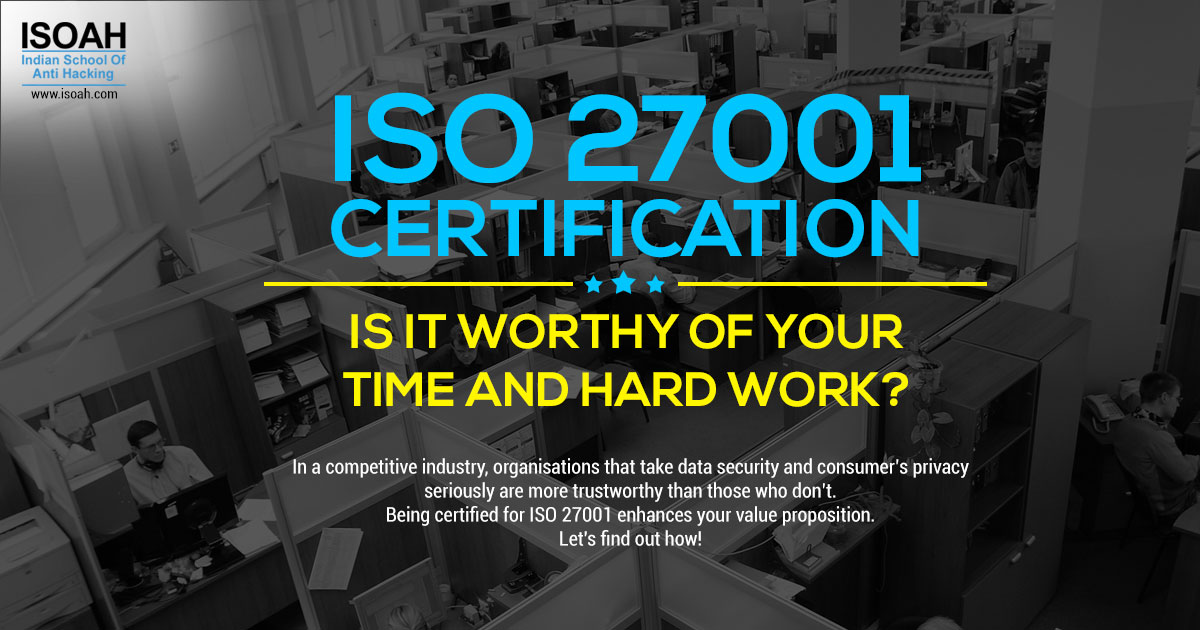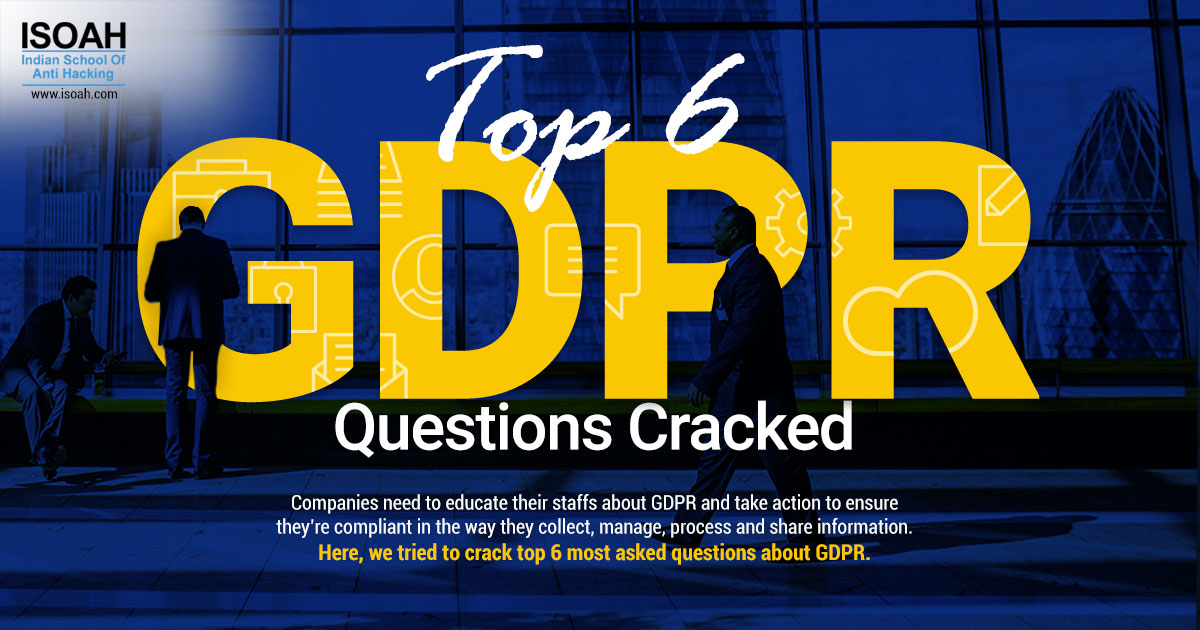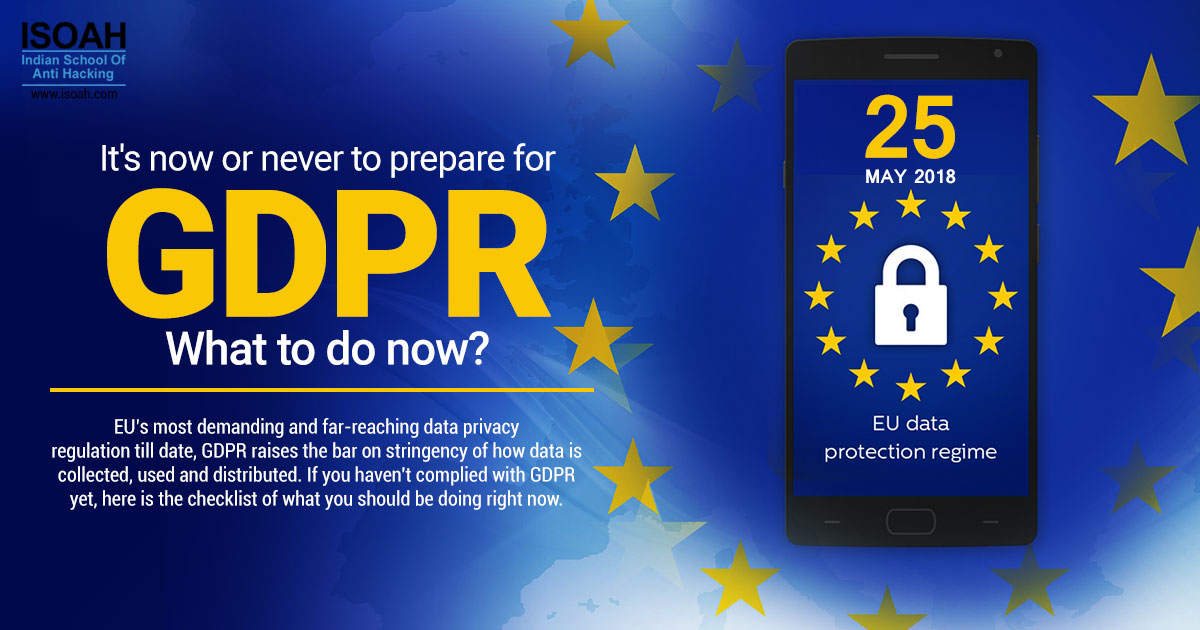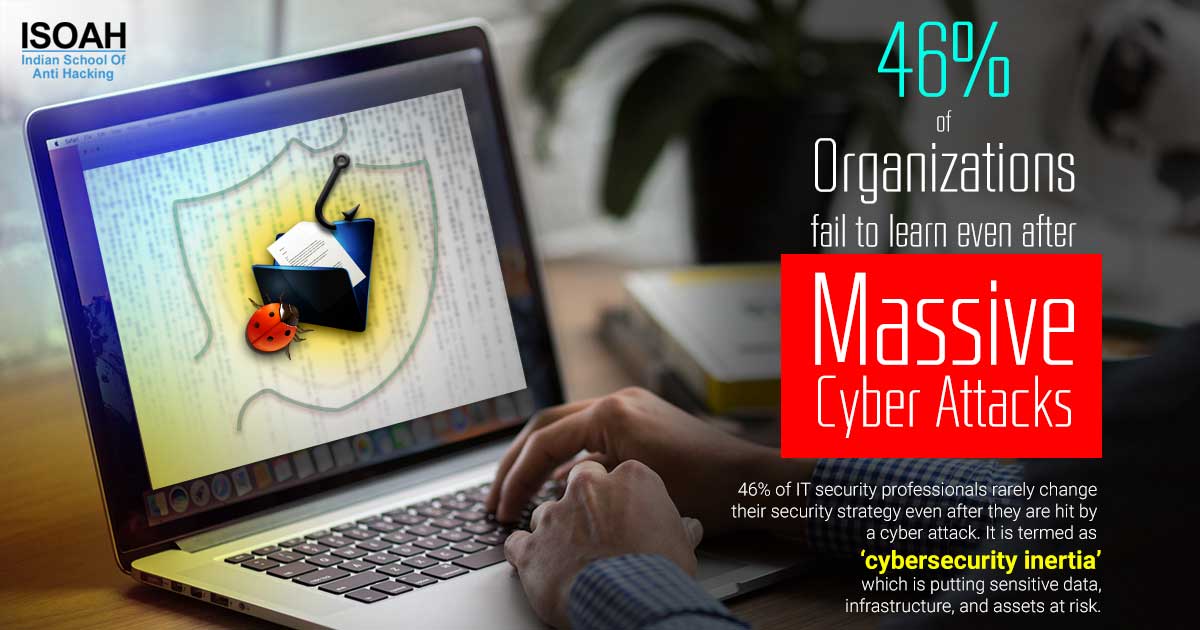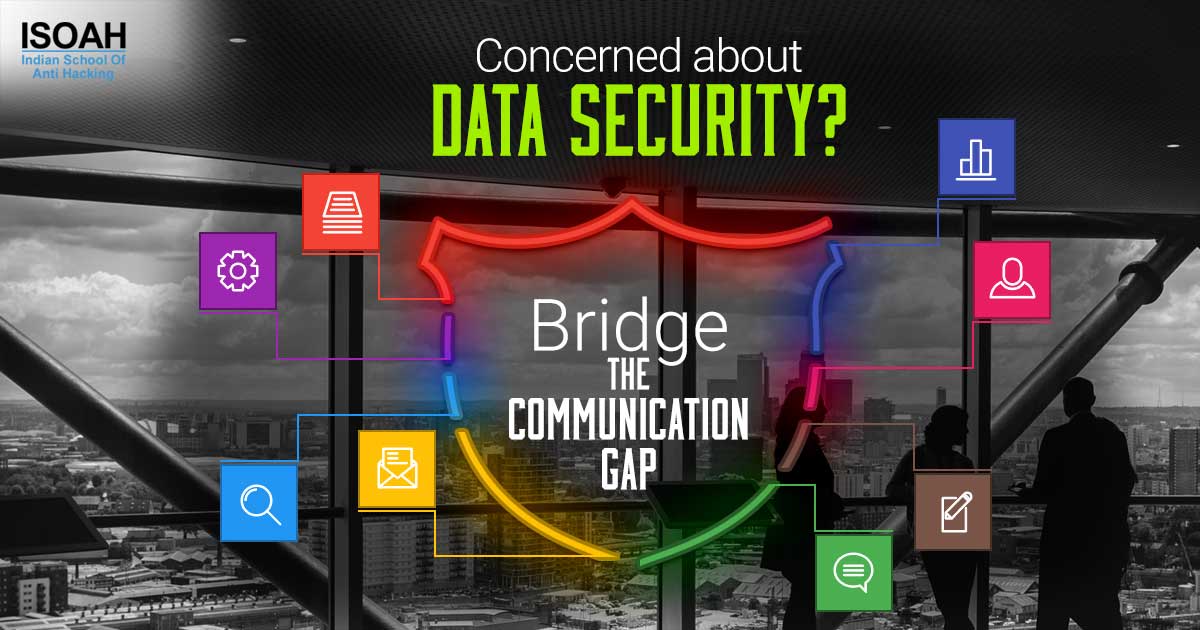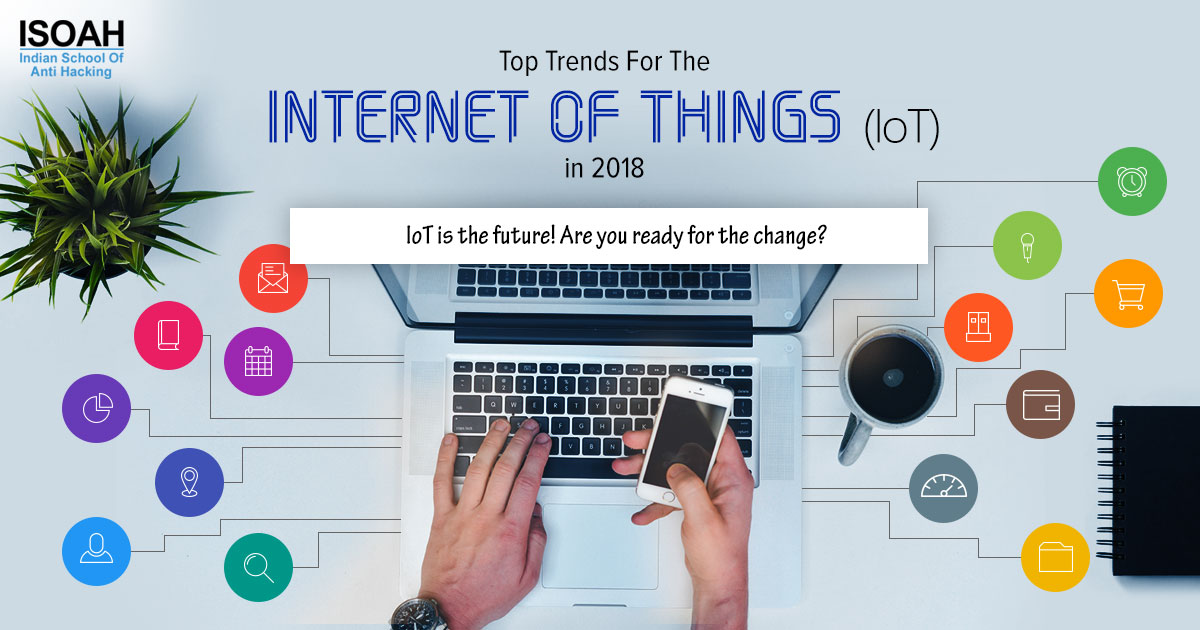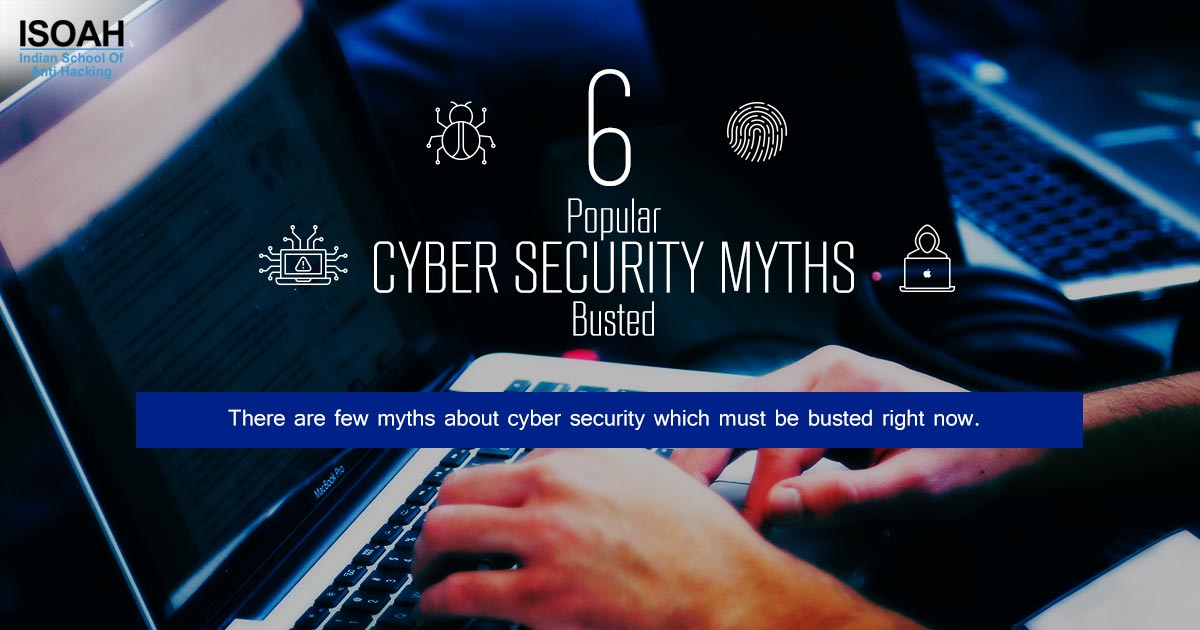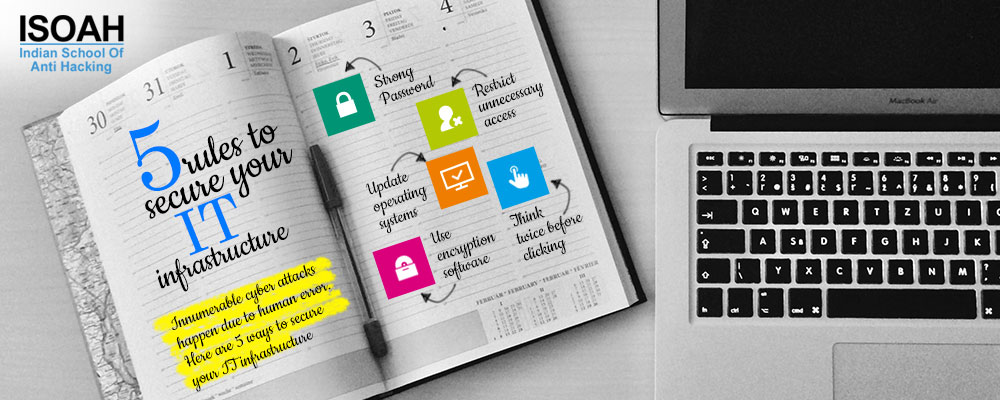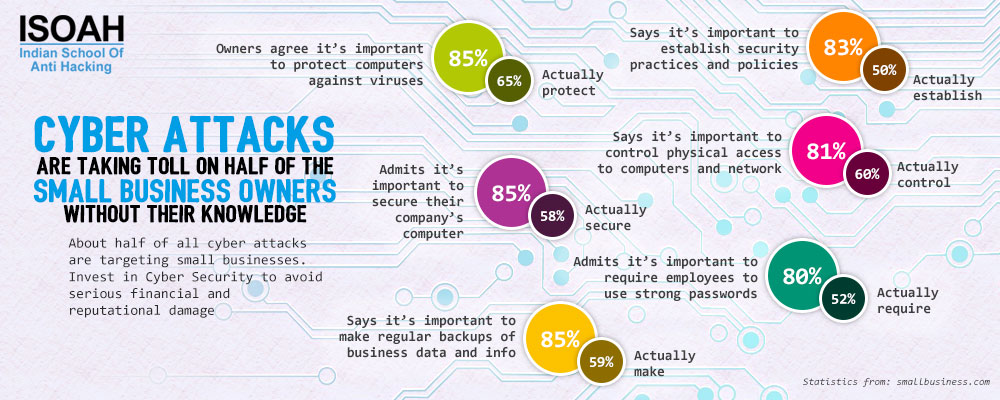Cloud Supply Chain Attacks: The Hidden Backdoor in Your Favorite App
Article: cyber security, cloud security
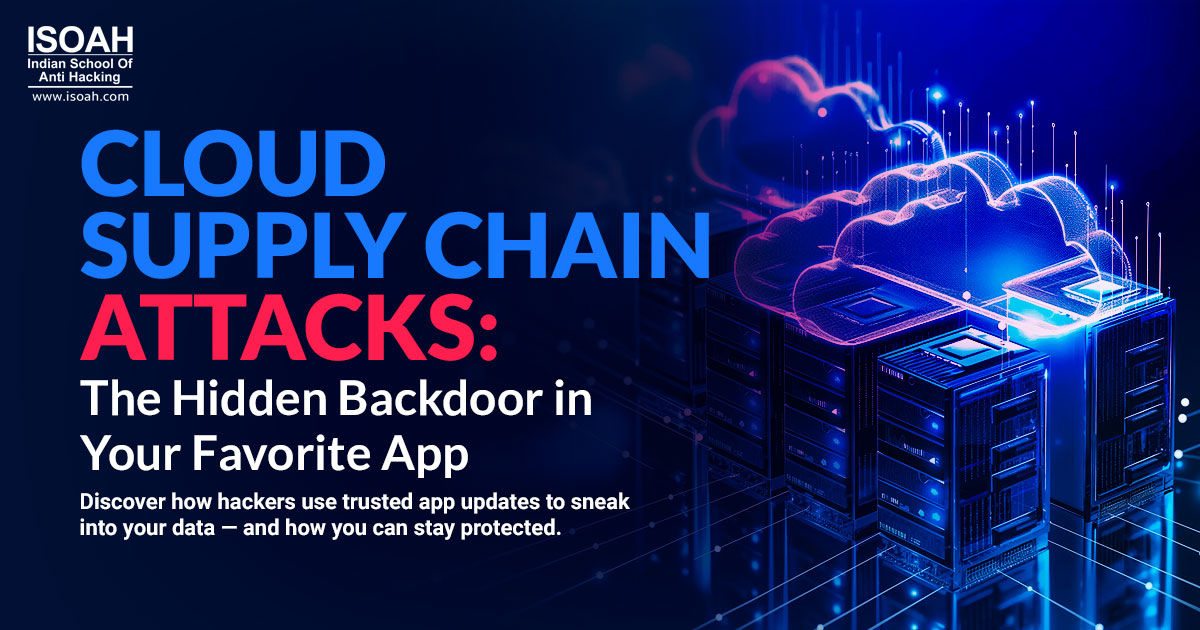
Cloud supply chain attacks are one of the fastest-growing cybersecurity threats today - and they're targeting the software you use every single day!
Every time an individual updates an app or use a cloud service, he or she trusts that it's safe. But what if that update was already compromised before it even reached them?
Yes, this is happening - and it's affecting millions worldwide.
What Exactly Is a Cloud Supply Chain Attack?
People open WhatsApp, order food from Zomato and check their banking apps. So, all feels safe, right?
But here is the reality: even the most trusted apps can be compromised before they ever reach your phone!
Every time popular apps such as WhatsApp, Instagram, Zomato, or banking platforms are updated, there is a possibility that malicious code could be delivered along with legitimate features. Cloud supply chain attacks occur when hackers compromise vendors, libraries, APIs, or cloud services that apps rely on. Instead of targeting individual devices, attackers breach the foundation itself. When updates are rolled out or new features are introduced, malicious code spreads effortlessly, affecting millions.
The danger lies in trust. Users expect updates to enhance security and performance, but supply chain attacks exploit that trust - turning every app update into a potential backdoor.
Why Modern Apps Are a Hacker's Playground?
Now a days, Applications are mostly complex network of dependencies. Apps are unknowingly creating entry points for attackers by relying on hundreds of third-party services, open-source libraries and APIs. What are those entry points?
- A misconfigured cloud storage bucket can expose sensitive data.
- A single vulnerable library can allow global exploitation.
- One compromised developer account can deliver malicious updates to thousands, if not millions, of users.
So, the sheer number of dependencies in a typical app is often surprising, and that complexity is exactly what hackers exploit to infiltrate software silently.
High-Profile Incidents Exposing Global Vulnerabilities
SolarWinds Breach (2020):
Hackers injected malicious code into an update for SolarWinds' Orion software, a platform used by thousands of companies and government agencies. Over 18,000 organizations were affected, allowing attackers to move undetected through networks and steal critical data.
Log4j Vulnerability (2021):
Log4j, a widely used Java logging library, contained a critical flaw called Log4Shell, enabling attackers to execute code remotely. Millions of applications were exposed, prompting a global rush to patch affected systems.
Codecov Attack (2021):
Hackers modified a script used by Codecov, a code coverage tool for developers. This exposed API keys, credentials, and environment variables across thousands of pipelines, turning a quality tool into a risk vector.
Dependency Confusion Attacks (2021):
Malicious packages uploaded to public repositories mimicked internal company libraries. Developers inadvertently installed them, integrating malware into trusted applications - showing that even standard development processes can become dangerous.
Real-World Consequences for Everyday Apps
The impact of cloud supply chain attacks goes beyond IT systems:
- Payment and banking apps may leak financial information.
- Messaging platforms can expose private conversations.
- Food delivery or e-commerce apps may unintentionally share addresses or contact information.
Every compromise highlights a simple fact: trust is the most exploited vulnerability.
What are the Mitigation Strategies?
For Businesses and Developers:
- It is essential to maintain a Software Bill of Materials (SBOM) to track all dependencies.
- Implementation of code signing and integrity verification for updates is relevant.
- It is significant to conduct regular cloud audits, securing storage and enforcing least-privilege access.
For IT Teams and Enterprises:
- Monitor unusual system behaviour after updates.
- Apply patches promptly to vulnerable components.
- Enforce multi-factor authentication for developer accounts and cloud services.
One last thought: Trust Is Not Enough Anymore
Cloud supply chain attacks are not just another cybersecurity headline - they are a present, evolving threat targeting the very backbone of modern apps. From WhatsApp to Instagram, even daily-use applications rely on complex infrastructures that can become gateways for malicious activity.
According to Cloud Security Experts: Awareness, proactive security, and structured software management are essential. Trust alone is no longer sufficient - verification, monitoring, and hardening are now critical to maintaining digital safety.
Question for thought: Can the apps and services relied upon every day truly be trusted without scrutiny? The answer depends entirely on the security measures embedded in their development and supply chain.
